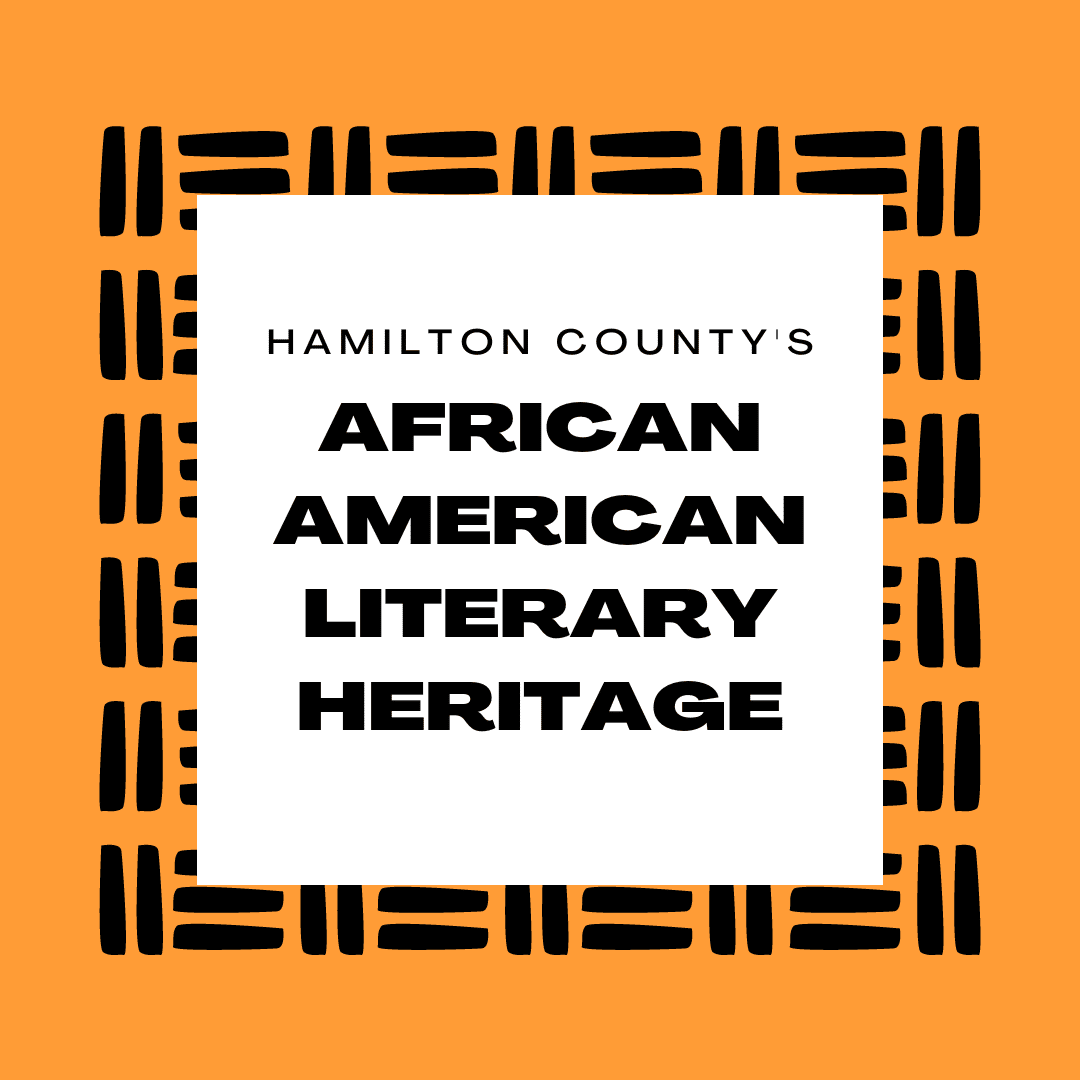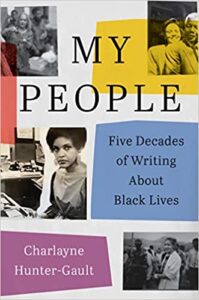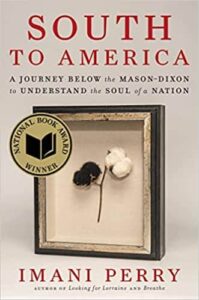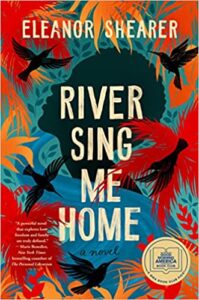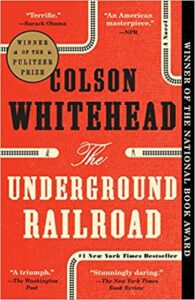By David Heighway, Hamilton County Historian
It’s interesting to see how marginalized communities often develop their own forms of artistic expression. A common example is that of Black communities and music. Sometimes, there are visual arts, like painting and sculpture. Here, in Hamilton County, the Black community had an emphasis on literature. This probably stemmed from the community’s focus on professionalism and the fact that several people became teachers, doctors, and lawyers. It was also possibly in response to negative portrayals in popular culture; minstrel shows by White people were regrettably common.
An important nexus for this was the Paul Laurence Dunbar Literary Society. Dunbar (1872-1906) was an important Black poet, whose dialect poems were popular with White readers, but who preferred to be known for his standard poems. Dunbar societies began appearing around the US in the 1890s. It’s not clear when the Hamilton County group started. It was first mentioned in 1907 and was quite active in 1930.

Beatrice O’Niel
One of the persons responsible for the activity was Beatrice Edmonds O’Niel (1894-1941). O’Niel (which is how she spelled her name) was the Noblesville correspondent for the Indianapolis Recorder and reported on social activities in the area. In the late 1920s, she published her own newspaper called The Future, which was the first and only Black-owned newspaper in Hamilton County. She also organized and ran the Dunbar Society debate team, which competed with other teams in central Indiana.
Prior to Ms. O’Niel, the correspondent for the Recorder was James Colter. He was involved in many projects, including the Dunbar Concert Company, which toured with a male quartet, a cellist, and a handbell choir. (Many of Dunbar’s poems were later set to music.) One of the members of this group was Noble Sissle, who would go on to have a groundbreaking career on Broadway.

Cyrus Colter in High School graduation picture – Ohio, 1928.
The Colter family’s literary fame rests mostly with James’ son, Cyrus (1910-2002). James had moved to Noblesville after 1903 and married Ethel Bassett, who was descended from the free people of color that had established Roberts Settlement. Cyrus was born in a house on Christian Avenue. His mother died in 1916, and the family moved to Muncie the next year. Cyrus had many memories of Noblesville and would talk about them later in life. He began his literary life in the 1970s after he had retired from a successful business career. He was known for his novels The Beach Umbrella (1970), Night Studies (1979), The Amoralists and Other Tales (1988), and A Chocolate Soldier (1988). The New York Times ran an obituary for him when he died.
Another member of the Roberts Settlement family was Dr. Carl Glennis Roberts (1886-1950). He was very influential in preserving the family history. However, any writing that he did was meant for peer-reviewed medical journals, including articles like: “The Relationship of Roentgenology to Gastro-Intestinal Diagnosis” (1917), “Hospitals in Chicago” (1930), “Some Questions Text-Books Do Not Answer” (1946), “Some Signposts of Surgical Progress” (1949), and “The Economic Aspect of Hospital Nurse Training Schools” (1950).
One writer who did talk about his life in Hamilton County is William D. Butler, who wrote his memoir One Sports Fan Left Behind in 2011. It’s an interesting look at a poor period in race relations in the county. He had lived in Noblesville in the 1950s, and his father, Rev. Ernest Butler, had been very important to the local Civil Rights movement.
Several members of the local Black community expressed themselves by writing letters to the papers. People like William Penn Roberts, Willis Venable, Eva White, Murphy White, and others offered opinions and discussion on important social issues through the decades. This was often where Civil Rights concerns were first expressed. Having multiple voices on these topics helps modern historians in presenting a full picture of the era.
The appreciation for good writing has deep roots. HEPL has a library circulation record from its predecessor in the 1880s, and there are several entries with names from area Black families. There was also a local Black theatre group which was organized in 1956 and called itself the Community Players. They performed serious plays by authors like Noel Coward and Tennessee Williams.
When one looks at the contributions from Black members of Hamilton County’s arts and culture community, it is nice to note that since it is written down, it will be available for everyone to see and use for a long time.
Photo credits: Image of Beatrice Edmonds O’Niel courtesy of Teri Woodard. Image of Cyrus Colter courtesy of Michael Williams, Indiana Historical Society, Black Hamilton County #1 photographs, documents, and papers, ca. 1849-2016.
Celebrate Black authors with us at the National African American Read-In on February 25th at the Fishers and Noblesville libraries.
Also, don’t forget to check out our Black History Month Non-Fiction and Fiction booklists, including these titles and more from our catalog!
